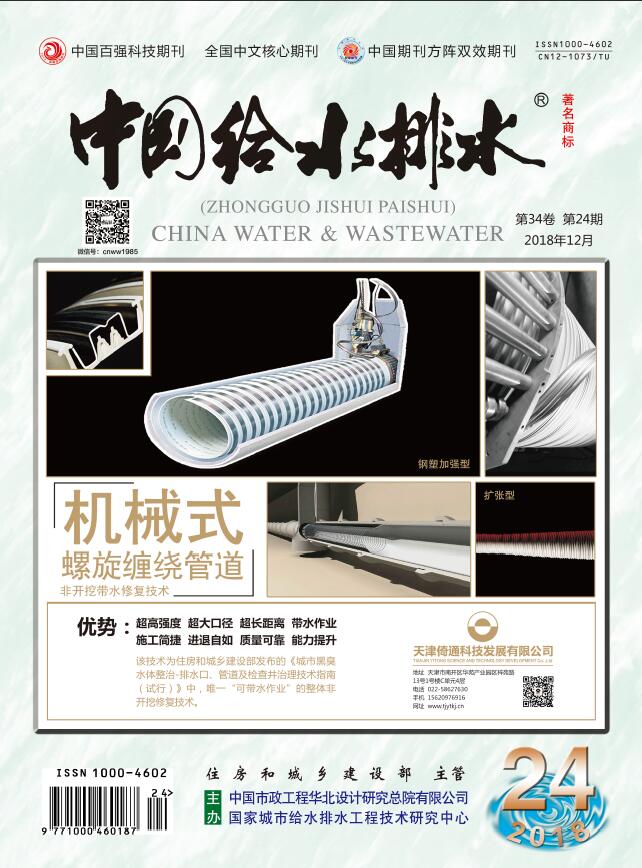QINXian-xiang,LIZi-hao,WANGZheng-xiao,et al.Operational Efficiency of Multi-stage Reverse Osmosis Process for Producing Reclaimed Water under Varying Influent Conditions[J].China Water & Wastewater,2024,40(23):64-69.
Operational Efficiency of Multi-stage Reverse Osmosis Process for Producing Reclaimed Water under Varying Influent Conditions
China Water & Wastewater[ISSN:1000-4062/CN:12-1073/TU]
volume:
第40卷
Number:
第23期
Page:
64-69
Column:
Date of publication:
2024-12-01
- Abstract:
- The reverse osmosis (RO) system is capable of producing high-quality reclaimed water. However, it faces challenges related to the treatment of concentrated water. Increasing the number of operational stages can effectively minimize the volume of concentrated water and lower associated treatment costs, thereby providing a viable solution to the issues surrounding concentrated water management. Nevertheless, the effectiveness of the augmented number of stages in mitigating concentrated water production and its subsequent effects on system performance remains ambiguous. This study assessed the operational efficiency of the single four-stage reverse osmosis system by analyzing the variations in membrane flux, water quality, and energy consumption per unit of water produced. If the recovery rate of a two-stage system in the single system was approximately 75%, the recovery rate could be enhanced to around 85%, when the number of stages was increased to three. However, upon further increasing the stages to four, the recovery rate only showed an improvement of about 3% compared to that of the three-stage system. When the total dissolved solids (TDS) in influent ranged from 900 mg/L to 2 000 mg/L, the TDS in effluent from the first to third stages remained below 150 mg/L. The membrane fluxes for each stage were as follows: first stage at 20-27 L/(m2·h), second stage at 11-17 L/(m2·h), third stage at 1-15 L/(m2·h), and fourth stage at 7-10 L/(m2·h). The energy consumption per unit of water production in the third and fourth stages was 47% of that observed in the first and second stages.
Last Update:
2024-12-01

